
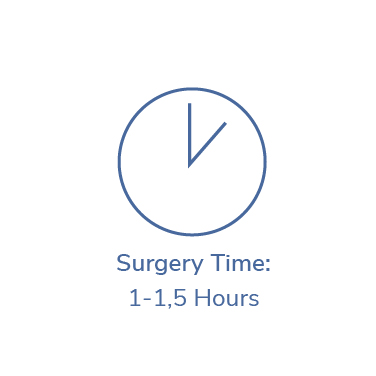

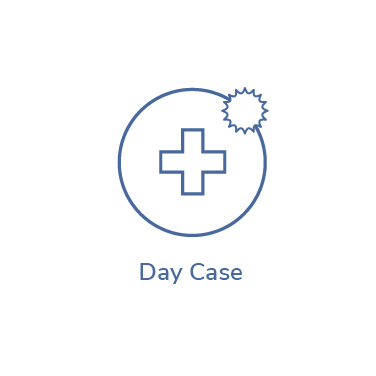



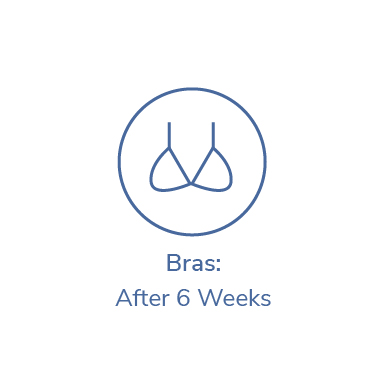
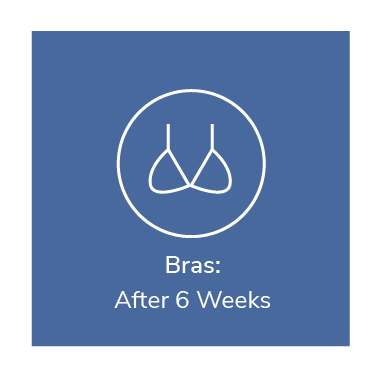



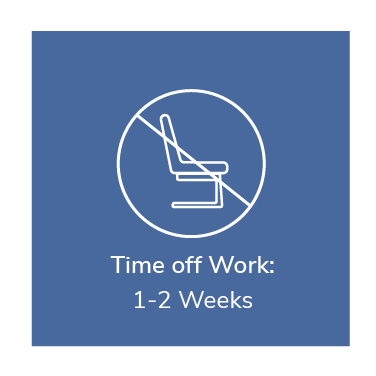
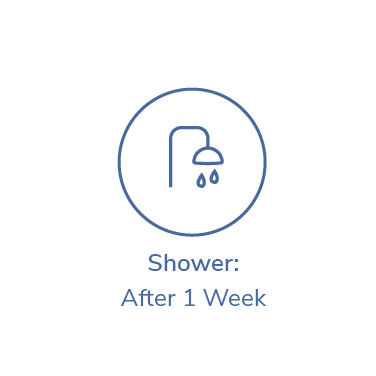
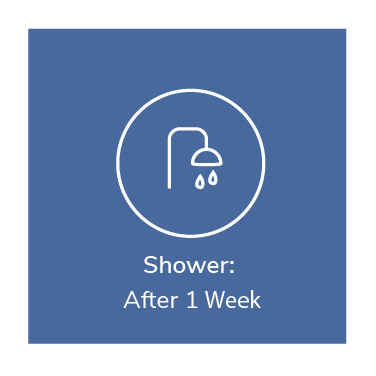
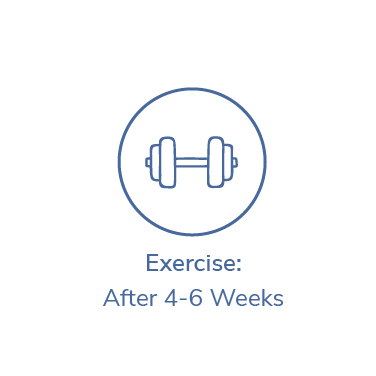
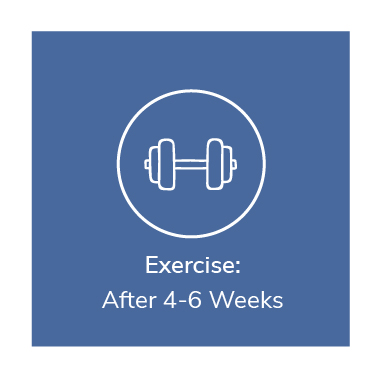

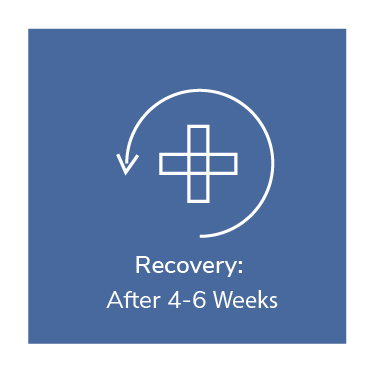


WHAT IS AN Inverted Nipple Correction?
Inverted nipple correction is a surgical procedure that aims to correct nipples that are inverted or retracted. Inverted nipples are characterized by nipples that are turned inward, rather than protruding outward. This condition can occur due to various factors such as tight or shortened milk ducts, underdeveloped nipple tissue, or scarring from previous trauma or surgeries.
Inverted nipple correction is usually a relatively straightforward procedure with high success rates. However, it's important to consult with a qualified plastic surgeon who specializes in nipple correction to determine the most appropriate technique for your specific condition. They will assess your individual circumstances, discuss the potential risks and benefits, and provide personalized advice on the best approach to achieve your desired outcome.
Inverted nipple correction can be achieved through various surgical techniques, depending on the severity of the inversion and individual anatomical factors. Here are some common methods used to correct inverted nipples:
Release of constricting tissue: This technique involves releasing the tight or shortened milk ducts, ligaments, or other tissues that are causing the nipple inversion. The surgeon makes small incisions at the base of the nipple or along the edge of the areola to access the constricting tissue. By releasing these structures, the nipple can project outward.
Nipple traction techniques: Nipple traction techniques involve using gentle, continuous outward traction on the nipple to gradually stretch and lengthen the constricting tissues. This method may be suitable for milder cases of nipple inversion and is sometimes combined with the use of nipple devices or suction cups.
Nipple piercing: In some cases, nipple piercing can be used as a non-surgical method to correct inverted nipples. The piercing jewelry acts as a weight, pulling the nipple outward and encouraging it to project. However, it’s important to note that this method is not always effective and carries potential risks and complications.
Dermal grafts or flaps: In more severe cases of nipple inversion, where other techniques may not be sufficient, dermal grafts or flaps may be used. This involves taking a small piece of tissue, usually from the areolar area or nearby breast tissue, and using it to reinforce the nipple projection.
Associated procedures: Inverted nipple correction can be combined with most other cosmetic procedures of the breasts, body and face.
Anesthesia: Inverted nipple correction is usually performed with the patient under local anesthesia, but under general anesthesia when accompanying other procedures.
Length of procedure: Less than 1 hour.
Side effects: Common side effects include bruising and swelling. The shape of the nipples may change over time, and the final result may not be realized for a few months.
In general, the recovery period is relatively short and most individuals can resume their normal activities within a few days to a week after the procedure. Here is a general timeline of the recovery process:
Immediately after surgery: After the procedure, you may experience some swelling, bruising, and mild discomfort around the treated area. The surgeon may apply a dressing or special adhesive strips to protect the incision sites.
First few days: It is common to have some mild to moderate discomfort during the first few days following surgery. Your surgeon may prescribe pain medication to manage any discomfort. You will be advised to avoid strenuous activities, heavy lifting, and contact with the treated area during this time.
First week: The swelling and bruising should gradually subside within the first week. You may be able to remove the dressings or adhesive strips and switch to a special supportive bra recommended by your surgeon. Follow your surgeon’s instructions on caring for the incision sites and maintaining proper hygiene.
Follow-up appointments: You will have one or more follow-up appointments with your surgeon to monitor your healing progress and remove any sutures if necessary. They will provide specific instructions on wound care, scar management, and when you can gradually return to your normal activities.
It’s important to note that everyone’s recovery process is unique, and individual healing times can vary. It’s essential to follow your surgeon’s post-operative instructions closely to ensure optimal healing and minimize the risk of complications. If you experience any unusual symptoms or have concerns during your recovery, don’t hesitate to contact your surgeon for guidance and advice.


WHAT they say
Before the treatment I was always bullied about my lopsided face and bad skin condition. Thank you!
virginia hudson
Beauty has so many forms, and I think the most beautiful thing is confidence and loving yourself.
Kiesza
I had the most amazing experience, from the moment I walked in to the moment I walked out I was cared for with such compassion. All the nurses were amazing, they tucked me in bed, they poured my tea, I cannot fault them. It was like being looked after by family. My anesthetist and surgeon explained everything in detail, I knew exactly what to expect. I would definitely stay here again.
Laura
I was really pleased with the care and treatment that I received at Welbeck Hospital. My surgeon was kind and informative and explained the entire procedure to me. I recovered completely fast. I would recommend it to everyone.
Eva Elliot
FAQS
Inverted nipples can occur naturally or may be the result of factors such as tight or shortened milk ducts, underdeveloped nipple tissue, scarring from previous trauma or surgeries, or certain medical conditions. The exact cause of inverted nipples can vary from person to person.
Inverted nipple correction is a relatively common procedure. Many individuals seek this surgery to address cosmetic concerns or difficulties with breastfeeding or self-confidence related to inverted nipples.
In some cases, inverted nipple correction can improve the ability to breastfeed by releasing constricted tissues and allowing the nipple to protrude outward. However, the impact on breastfeeding can vary depending on individual anatomy and other factors. It’s important to discuss your specific situation with a healthcare professional.
Inverted nipple correction surgery generally has a low risk of affecting nipple sensation. However, there is a small possibility of temporary or permanent changes in nipple sensation, including increased or decreased sensitivity. Discuss any concerns about nipple sensation with your surgeon during the consultation.
While inverted nipple correction surgery aims to provide long-lasting results, there is a small risk of recurrence, especially in cases where the inversion is caused by tight or shortened milk ducts. Recurrence rates vary depending on individual factors, and revision surgery may be necessary in rare cases.
Inverted nipple correction surgery involves making small incisions, typically around the base of the nipple or along the edge of the areola. With proper surgical technique and care, scars can be well-concealed and fade over time. Your surgeon will make efforts to minimize visible scarring and provide guidance on scar management.
Yes, inverted nipple correction can be performed on one nipple only, depending on your needs and preferences. Your surgeon will assess your individual case and discuss the best approach for achieving symmetry and the desired outcome.
You can typically see some initial improvement immediately after the surgery. However, it may take a few weeks or months for the swelling to fully subside and for the final results to become apparent. The healing process and timing of final results can vary among individuals.







